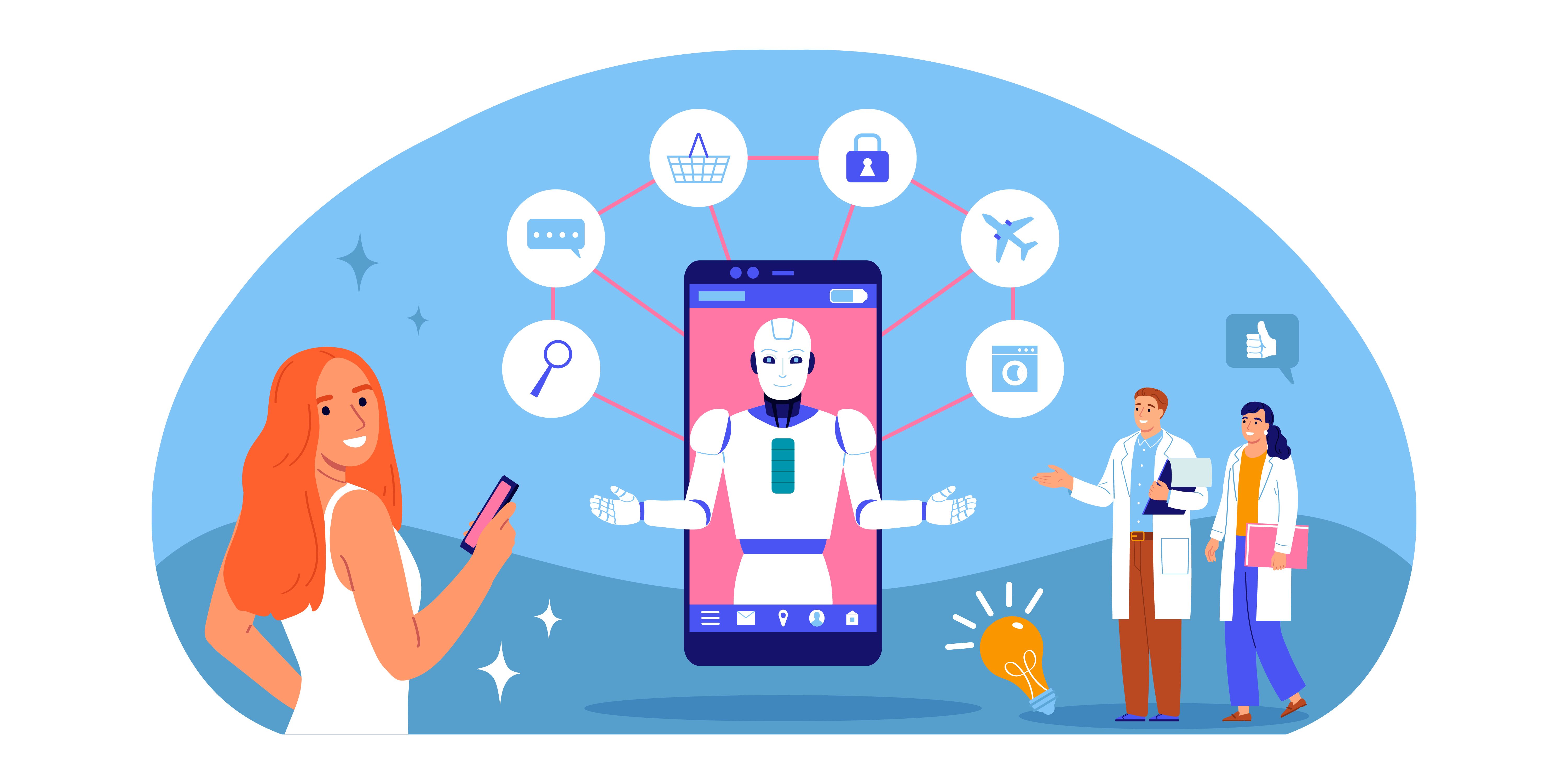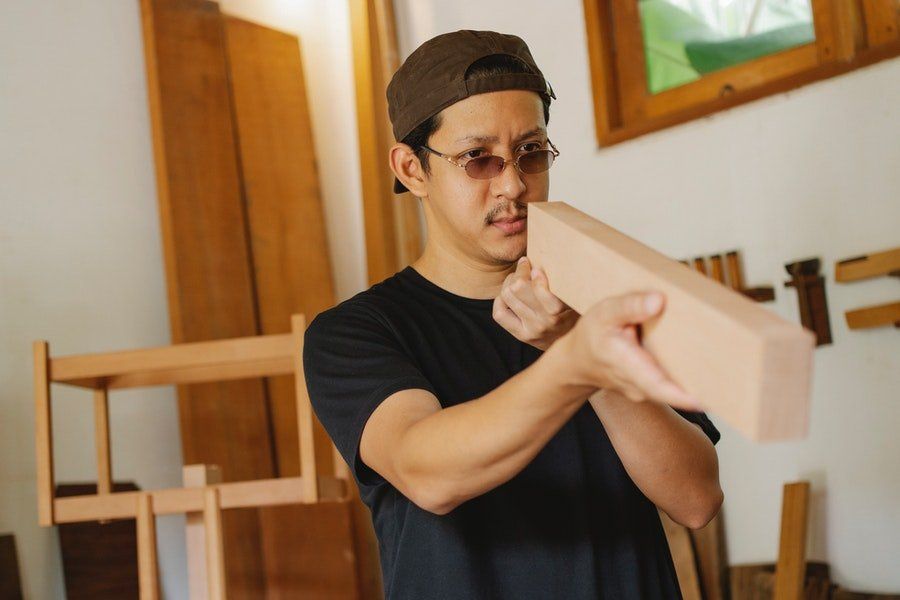Hopping on the Digital Train

The use of technology in railway education
My parents took me on my first-ever train ride when I was a young child. I don’t remember where we went, but I do remember the excitement I felt throughout the journey; I soaked up all the unfamiliar sights and sounds with the wide-eyed wonder of a child.
Now, many years later, that excitement isn’t present anymore. I more often than not operate on autopilot during my daily rail commute to and from my workplace, and the only thing that breaks the monotony is the hint of annoyance I feel whenever the train is delayed – even if it’s just by a few minutes.
While Malaysia has come a long way from the very first railway line that was constructed between Taiping and Port Weld in 1885 (that was 134 years ago!), we still have a long way more to go to make rail transport the go-to option for Malaysians’ commuting needs.
There are many elements to deal with when leading a traditional industry such as this one into the era of digitalisation, but one easily-overlooked aspect is the industry’s workforce.
Certain tasks that are currently done by humans will soon be completely taken over by computer systems, and industry leaders need to put measures in place to cope with the inevitable change.
In a recent interview with Leaderonomics during a Gathering of Minds session organised by Asian Rail Academy (ARA), DB Engineering & Consulting GmbH business consulting director Dirk Slodzinski said: “Within your workforce you will need more skilled workers and specialists, and you have to look into it because the workforce is something that you cannot change very quickly.
“This is especially when it comes to profound vocational education – it is not something you can solve with three-month training roles; sometimes this education takes years. So, you have to foresee these developments and make sure that you have strategic HR planning.”
To minimise the effect of digitalisation on people’s jobs, Slodzinski says that re-education needs to take place; that is, we need to educate existing workers for the new technologies and educate new ones for old technologies as well.
The future of rail
The question is this: Is the younger generation even interested in pursuing a career in the rail industry, which is often perceived as an old industry that involves getting your hands dirty?
According to ARA chief operating officer (COO) Maran Chandraraja, this is where government authorities and private companies need to work hand in hand to encourage students to take up these courses.
“There have been some awareness programmes that have been carried out in polytechnics around the country, enlightening students about this industry and how interesting the future can be. I think the authorities need to play a larger role in doing that,” says Maran.
Technology has certainly changed the face of learning over the years, with many teachers and students discarding the traditional pen and paper method in favour of electronics, even in schools.
Education in the rail industry is no exception – certain curriculums are now leveraging virtual and augmented reality to enable students to practise what they have learnt before carrying out the operations on real trains.
Maran states that this is the private sector’s role: to provide education that incorporates the latest technologies so that they will be able to attract the younger generation to take up careers in this industry – and he is confident that these types of programmes would definitely appeal to them.

“The industry has changed. We are talking about the digital train – everything is digital now, so this should be very interesting for the younger generation. They want learning to be different, to be more fun; this is a new way of learning,” he says.
While this technology is not yet available in Malaysia, Maran says that it can be brought into the local rail market with partnerships from companies that have already done it, such as DB.
With regards to the Malaysian rail industry as a whole, this is what the ARA COO has to say: “We have to learn from countries that have already implemented the latest technologies and adopt it here. Although this process can be lengthy, we must do it – there’s no other choice. I don’t think it is enough for now, but we can learn from countries like Germany and eventually improve our own rail systems.”
As someone whose mobility is heavily dependent on rail transport, I truly look forward to seeing our rail industry grow and improve in terms of connectivity and customer satisfaction. After all, the fewer delays the better – and I’m sure my fellow commuters would agree.
Business
Tags: Covid-19, Executing Leadership, Research & Development, Companies





